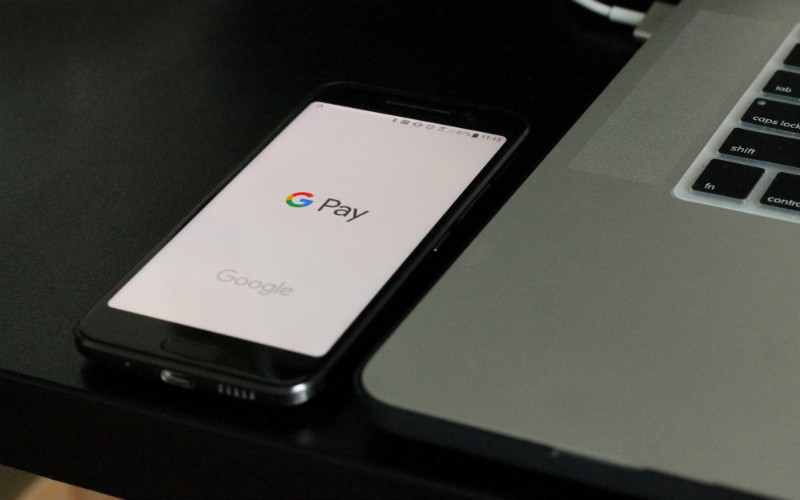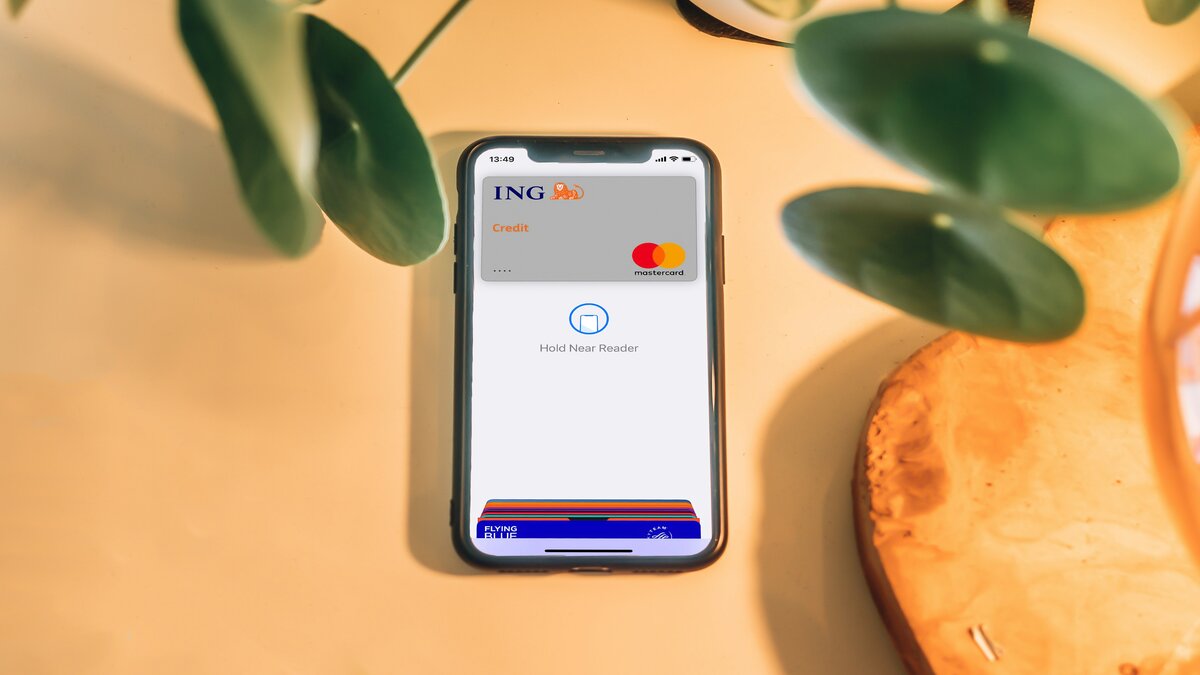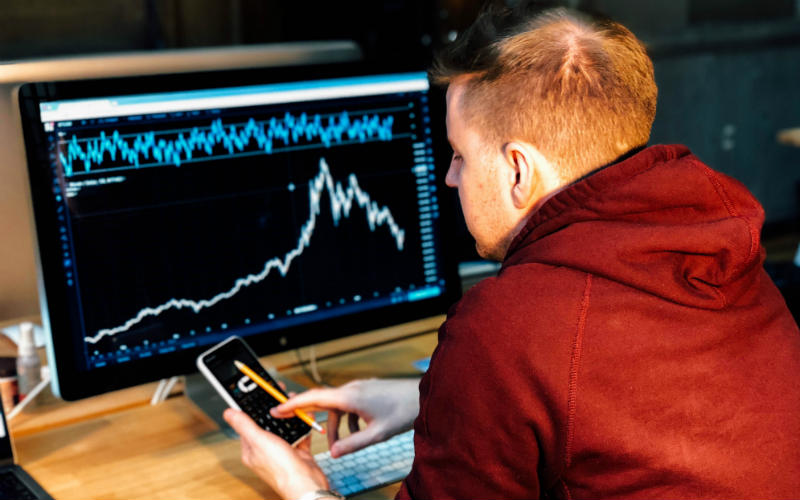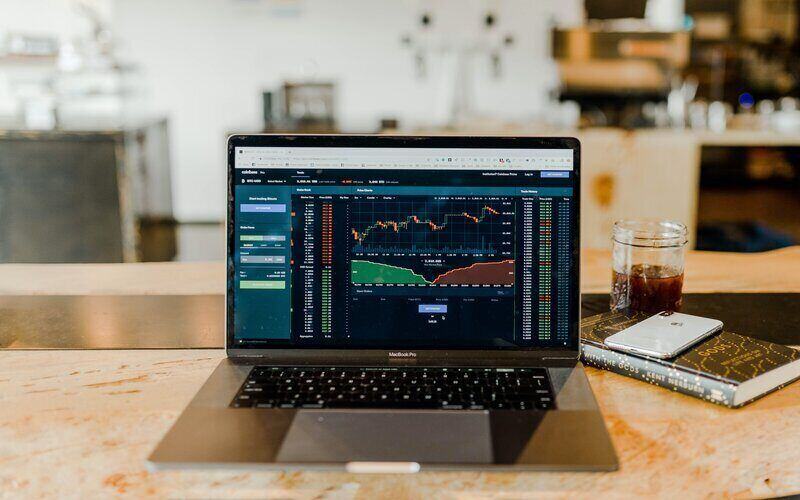The pandemic, lockdowns and a crashing market in March 2020 enticed many Aussies to shift their money into stocks for the first time.
However the unfortunate reality is that many people just don’t understand much about investing. According to the ASX 2020 Investor Study, 64% of Australian adults don’t have any other investments outside of their superannuation funds. Of those that had never invested, many believed they didn’t have enough money to invest or lacked the confidence in their ability to invest.
If you start investing while you’re in your twenties, even if it’s only a small amount, you have the gift of time on your side to grow your money. A little bit of money now can add up to a lot later, thanks to the magic of compounding.
Why do people invest?
One word: compounding. Let’s say you stash away $1,000 a fortnight from the age of 20. Assuming you average a return of 7% p.a., in 20 years plus you’ll have over a million dollars, despite only investing half that much. That’s compounding.
The other reason is inflation. Prices are rising everywhere – at the petrol pump, at your local coffee shop, at the supermarket. This means the money in your pocket (or transaction account!) is losing value. The only way you can outrun inflation is to earn a higher rate on your money than the rate of inflation.
Want to earn a fixed interest rate on your cash? The table below features term deposits with some of the highest interest rates on the market for a six-month term.
What to do before investing?
Before you dive headfirst into the world of investing, it’s a good idea to make sure your finances are in good shape first. Forget your HECS-HELP debt for a second – we’re talking about getting rid of consumer debt, like credit cards or personal loans.
If you’ve still got debts hanging over you, the less money you have to invest with, not to mention you’re essentially flushing money down the toilet in the amount of interest you’re paying.
How much do I need to invest?
You definitely don’t need to be Gina Rinehart or Clive Palmer to start investing in shares. Lots of people have this misconception that you need to be rich in order to invest, but some spare cash is actually all you need to get started.
When buying shares on the Australian share market, the bare minimum amount you need to invest is $500 because the Australian Securities Exchange (ASX) has to ensure administration costs such as brokerage fees are covered when buying and selling shares. But a number of ‘micro-investing’ platforms have surfaced recently that can even allow you to invest your spare change! More on that later…
Where to invest money?
There are a seemingly endless amount of ways to invest money – ASX 200 ETFs, REITs, CDOs, CFDs – my head is spinning with all that jargon and yours probably is too.
It may be costly to hire a financial adviser, but they can simplify all the investment options and identify the right one for you. Whether or not you decide to enlist the help of a financial planner, it’s still helpful to have an understanding of your investment options. Here are some of the more common ways to invest money.
1. Investing in shares
Also referred to as stocks, securities or equities, shares are one of the most common ways to invest money and they make up a huge part of people’s investment portfolios.
Buying and selling shares can be intimidating for beginners, and it does require a little more involvement than some of the other options. However, you have more direct control over your investment and you can pick and choose the shares you want to hold.
How does investing in shares work?
Investing in shares essentially makes you part-owner in a business. By investing in shares on the ASX, you’re buying part ownership of an ASX-listed company. If the company performs well, you can reap the benefits from share price growth and/or income paid as dividends. But if the company doesn’t perform well, your shares can fall in value and/or the company may not pay dividends.
Individual shares can generate large long-term returns, but it really really depends on your choice of company. Some companies can suffer some really bad years, so it’s widely recommended that you build up a diversified portfolio of shares in various different companies rather than investing in just the one company. Don’t put all your eggs in one basket, as they say.
2. Managed funds
If you’ve got a bit of cash and want a professional to make investment decisions for you, a managed fund may be the way to go.
In a managed fund, your money is pooled together with other investors. An investment manager then tries to make the best return they can for you by buying and selling shares or other assets on your behalf. Managed funds have a strategy the fund manager employs, like going for high-risk shares or low-risk government bonds.
Managed funds can be a good option for beginners because an experienced investment professional is the one calling the shots.
3. Exchange traded fund
Similar to a managed fund, an exchange-traded fund (ETF) is a pooled investment fund that can be bought and sold like shares on the ASX.
ETFs can be a simple and low-cost way to get investment returns similar to a share index or another underlying asset (e.g. gold price, oil price, currency etc.), though some ETFs are more complex than others and have varying degrees of risk. ETFs essentially seek to replicate the performance of an index (like the ASX 200) or an asset price, so unlike managed funds, they are not usually actively-managed by a fund manager, instead often relying on an algorithm.
There are some micro-investing apps that allow you to start an investment portfolio of ETFs with small amounts of money, which we’ll cover in more detail below.
4. Superannuation
Unlike other investment options, you won’t get to enjoy the money in your superannuation until you’ve reached the ripe old age of retirement. But putting more money away now will mean you have more to enjoy when you do hang up the work boots. The current regulations allow you to invest up to $25,000 a year into your super at a concessional (before-tax) rate of 15%. The non-concessional (after-tax) limit is $100,000 per year.
How to start investing in shares?
So you can’t really email a company and be like “Yo, I want to buy some shares”. You need to buy them through a market operator, like the ASX – but you can’t just walk to the ASX headquarters and buy shares over the counter either.
Instead, you have to use an authorised broker to buy shares on your behalf. There are two types of brokers: full-service brokers who give you advice about what shares to buy and do the buying and selling for you; and online brokers (online share trading platforms like CommSec, CMC, nabtrade etc.) who charge a smaller fee but you make your own investment decisions. Using a broker is the most common way of buying shares, but there are other options.
You can buy shares through an employee share scheme, which gives employees the chance to buy shares in the company they work for – sometimes for a discounted fee (or no brokerage fee at all).
Sometimes companies may decide to offer new shares to the market as a way of raising capital. This is what’s known as a float or public offering. Crowd-sourced funding is another way of buying shares. Start-ups and small to medium-sized companies sell shares to raise money from the public in order to finance their business.
How do I choose which shares to buy?
You could always blindly pick shares, cross your fingers and hope for the best – but it really pays to do your homework here. When you’re deciding which shares to buy, have a think about why you’re investing in the first place, what your investment goals are, and what your appetite for risk is.
When you’re just starting out, it makes sense to invest in a company you’re already familiar with and have an interest in – whether it be the company you work for, in an industry you’re familiar with, who manufacture a product you love, you get the picture.
You also want to analyse the company you’re investing in. Use the research from the broker but also do your own. Read up on the investor section of the company’s website and read their annual report to find out how the company is performing, if they’re getting good financial returns, meeting targets, etc.
Micro-investing
Micro-investing platforms have become a popular investing trend among millennials because you don’t need to know much about investing to get started, nor do you need a lot of money. Below are some of the more popular micro-investing platforms in Australia.
Raiz
Raiz, previously known as Acorns Australia, is a micro-investing platform which allows people to easily invest money into various portfolios made up of ETFs.
Users have the option to invest in one of six different diversified portfolios of varying risk levels: conservative, moderately conservative, moderate, moderately aggressive and aggressive. There’s also an ’emerald’ portfolio for those interested in socially responsible investments.
Raiz has an ‘automatic round-up’ feature which allows users to invest their spare change without even thinking about it. The platform offers to round up the purchases made on the linked transaction account to the nearest dollar and invest your spare change. For example, you buy a $4.20 latte every day and each time you do 80 cents is automatically invested into an ETF of your choice. Over a year, you’ll have invested $292 – just from your daily coffee. A few hundred dollars may not sound like much, and most people will only end up investing a few hundred dollars in a year.
Users can elect how much they would like distributions to round up to, but the default is for purchases to round up to the nearest dollar. You can also choose to invest a lump sum or arrange for a set amount of money to be deposited into your investment on a daily, weekly or monthly basis. If you want to withdraw your money, you can do so at any time.
Finance expert Noel Whittaker is a big fan of Raiz, having long dreamed of a product available to “anybody with a few dollars to invest, where investment could be automatic and your money placed in share-based investments without the hassle of going through a broker, paying brokerage or trying to save a big lump sum to get going”.
Fees: $3.50/month for accounts with under $15,000 or 0.275% of balance for accounts with +$15,000.
Spaceship
Spaceship is another micro-investing platform quickly gaining popularity in Australia, having doubled its number of customers in 2020 to 100,000. It’s a mobile app that allows users to deposit lump sums or set up recurring weekly, fortnightly, or monthly payments into three different portfolios:
-
Spaceship Universe Portfolio
-
Spaceship Origin Portfolio
-
and Spaceship Earth Portfolio
Users can track the progress of their portfolio through the mobile app and link their portfolio to an external bank account to deposit and withdraw money.
It doesn’t cost anything to sign up with Spaceship Voyager, and there are zero fees on the first $5,000 invested.
BRICKX
BRICKX offers a simple and low-cost way for everyday people to invest in the property market by allowing users to buy and sell shares (known as Bricks) of residential properties. How does it work, you ask? A team of investment and property experts select a range of properties from around the country to be listed on the BRICKX platform. Then each property is divided into 10,000 Bricks (an interest or unit) in a BRICKX Trust.
Those bricks are then sold to investors at purchase cost. So if an investment property was $1 million, once it’s been divided into 10,000 Bricks, each one would cost $100.
If you hold a brick in any BRICKX property, you’ll receive your share of the net rental income at the end of each month. You can also sell Bricks whenever you want to take advantage of capital gains provided by any rise in the property’s value.
Fees: Buy/sell transaction fee of 0.5% on the purchase/sale price of the ‘Bricks’
CommSec Pocket
Commsec Pocket is the newest micro-investing app on the block. You can begin investing with as little as $50 and gradually build up your investment portfolio over time. Every ETF in the CommSec Pocket app has a theme (there are seven theme options), like tech, medical companies, sustainability leaders, emerging markets, or the biggest 200 companies on the ASX.
You’ll need to be a Commonwealth Bank customer to use the app though, as the funds from your investments are deposited straight into your CommBank transaction account.
Fees: $2 each time you invest or sell up to $1,000. Trades over $1,000 are charged 0.20% of the trade value
TL;DR? Here are the important points
- $500 is the minimum amount you can buy shares on the ASX with
- You need to use a broker (full-service broker or an online broker) to buy shares
- Don’t put all your eggs in one basket – diversify with a mix of shares
- Thoroughly research the companies you’re buying shares in
- Think about your appetite for risk and your investment goals
- Micro-investing platforms allow you to invest with amounts under $500 – perfect for beginners
Savings.com.au’s two cents
Dipping into the world of investing can seem like a scary thing to do, but it’s never too early to start. In fact, not investing early is perhaps the biggest investment mistake of all.
This isn’t to say you should rush into it and immediately start snapping up shares left, right and centre. Make sure you can afford to invest and do a ton of research. Remember not to panic if there are fluctuations in the market. It’s time in the market, not timing the market that matters. The earlier you begin investing, the longer you have to ride out the stock market waves.
Before you take out any product, always read the product disclosure statement (PDS) for each investment product and make sure you understand the key fees, features, commissions, risk and benefits. It may also be wise to consult a financial planner for personal advice tailored to your situation before investing.
Photo by Elevate on Unsplash
Article originally posted by Emma Duffy December 2019. Last updated by Aaron Bell January 2022.







 Emma Duffy
Emma Duffy
 Harry O'Sullivan
Harry O'Sullivan













